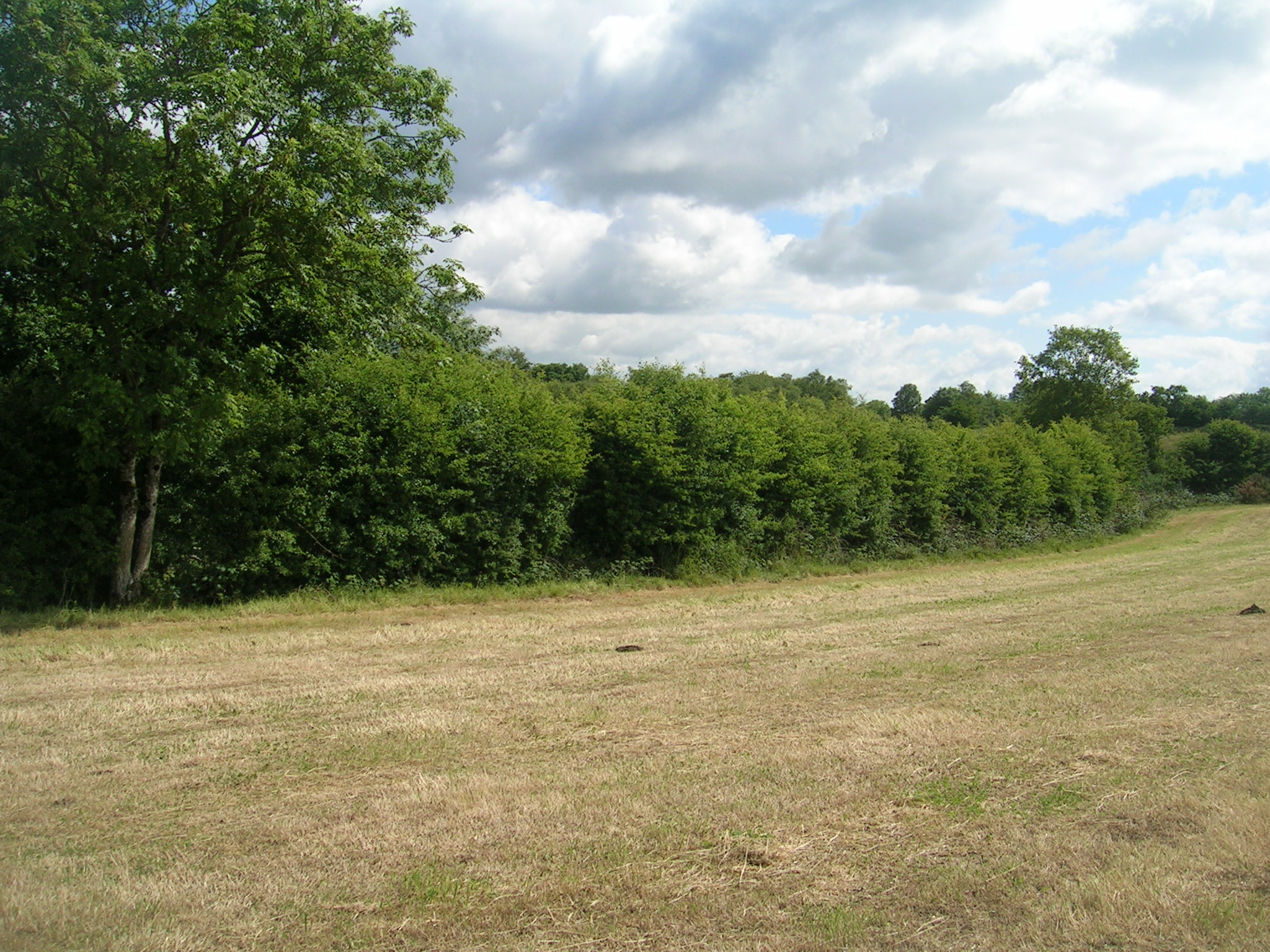Hedgerows Ireland have been working hard to amend the latest CAP schemes to include payment for hedgerow quality.
We see a massive opportunity to address both our carbon targets as well as biodiversity goals by introducing measures which will encourage bigger hedges.
The latest research on hedgerows and carbon sequestration is showing clear evidence that 'bigger is better' when it comes to hedges. In practice this means a less severe hedge cutting style, allowing greater height and width as well as retaining trees in the hedgerow.
We think that an added hedgerow eco scheme in Pillar 1 would be quite attractive to many farmers and would not be difficult to implement.
In the Pillar 2 agri environmental schemes we would like to see more detailed hedgerow quality measures introduced based on the excellent work being done in the pilot REAP project (Results Based Agri Environmental Pilot).
We have made these proposals to the DAFM team as well as a range of elected representatives and in addition we have the endorsement of the relevant environmental NGO's.
PROPOSAL FOR GOOD MANAGEMENT OF EXISTING HEDGEROWS IN NEW PAYMENT SCHEMES: HUGE OPPORTUNITY TO HELP REVERSE BIODIVERSITY DECLINE AND SEQUESTER AND STORE CARBON
Good quality hedgerows have the potential to provide a massive contribution to climate and biodiversity services, yet while hedgerows are referenced under GAEC8 ( 'non productive features'), hedgerow quality and management are not included in the new CAP schemes as currently proposed. There is only mention of avoiding cutting in nesting season. We have c.700,000 kilometres of hedgerow in Ireland. But only one third of these are in 'good' condition. Carbon sequestration and biodiversity values are directly related to width, height and biomass of hedgerows for example. So there is huge potential to increase the contribution of both existing and new hedgerows towards our targets.
We recommend that this omission is remedied by a simple, easy to administer measure included in Pillar 1 Eco Scheme Proposed Agricultural Practices. ‘Non productive Areas and Landscape Features’ This would have high take up and thus big impact. (We take issue with the proposed 'opt out' clause for this scheme though in practice this won't present difficulties as it will be a popular measure with landowners.)
More advanced measures to improve quality and size should be adopted in Pillar 2 Agri Environmental Schemes (informed by the REAPS pilot scheme in due course) under 'boundary actions'. The current recommendations only refer to coppicing and hedgelaying actions with no measure of quality: implemented poorly these management actions can be counterproductive to achieving goals.
So we propose the following additions to the draft proposals:
Pillar 1, Eco scheme, Option 1 ('Non productive areas and landscape features'.)
Existing hedgerows to be retained, and maintained with either side cutting only, or no cutting of internal/non roadside boundaries. Minimum height 2m.
Pillar 2 AECM (Agri Environmental Climate Measures) Tier 3 ‘Boundary Actions’
Results based payments for hedgerows using recognized measures of quality (height, width, species, diversity etc.)
These recommendations are endorsed by:
Brendan Dunford, Burren Programme
Oonagh Duggan, Birdwatch Ireland.
Donal Sheehan, Bride Project.

